Researches realized role of ecosystem processes in permafrost restoration project during a friendly visit to Yakutia, Russia
Updatetime:2023-09-11From:
【Enlarge】【Reduce】
Amga Field Observation and Experimental site was set up by the Melnikov permafrost Institute of Russian Academy of Sciences, Republic of Saha (Yakutia), East Siberia, Russia.
Since 2020, Russian researchers have regularly monitored the thermal state of the permafrost at the site, which has recently become susceptible to strong subsidence due to the melting of the ice wedges of the ice complex.
In order not to lose the land, used in local agriculture, researchers proposed the restoration technique based on (i) leveling the surface deformation, (ii) restoring a thick ice-enriched layer at the lower boundary of the active layer by artificial irrigation increasing the pre-winter soil moisture and (iii) forming the protective vegetation layer.
Water and nutrients microtopography redistribution is marked by higher fractional vegetation cover at lower position additionally enhanced by preferential grazing at hilltop positions (personal observation)
Researchers from NIEER recently visited the site to further investigate the role of soil formation processes and vegetation properties on permafrost recovery trajectories.
In order to set up a success metrics, scale up the project, and avoid the return of degradation pathways, mathematical modelling, already very well developed by the Russian team, will be used.
The novelty of proposed further model development is, firstly, in solving of the radiation and heat balance equation at the soil surface which allows to numerically estimate the effect of plant architecture on the surface temperature and, secondly, on taking into account the properties of the newly forming organic layer of the soil.
For the latter soil cores were taken and sent for the X-ray computer tomography (CT) at the Dokuchaev Soil Institute, Moscow.
Not only the CT allows to trace the soil pore space and aggregate formation, as well as soil-root interaction, but it also gives a direct interpretation of how exactly the soil thermal properties change when the roots the soil organisms are involved.
The next step for the researchers will be to perform pore-scale numerical simulations of heat transfer using the obtained X-ray CT images.
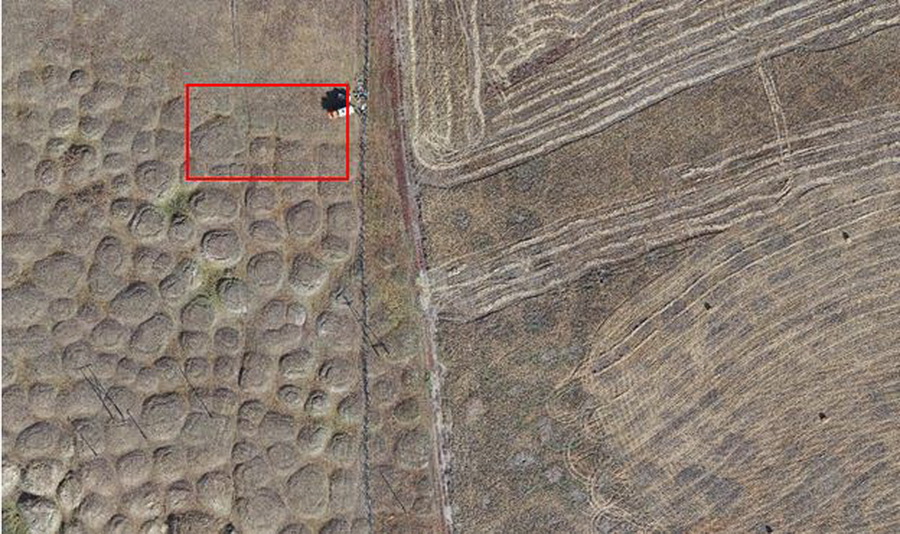
(a)
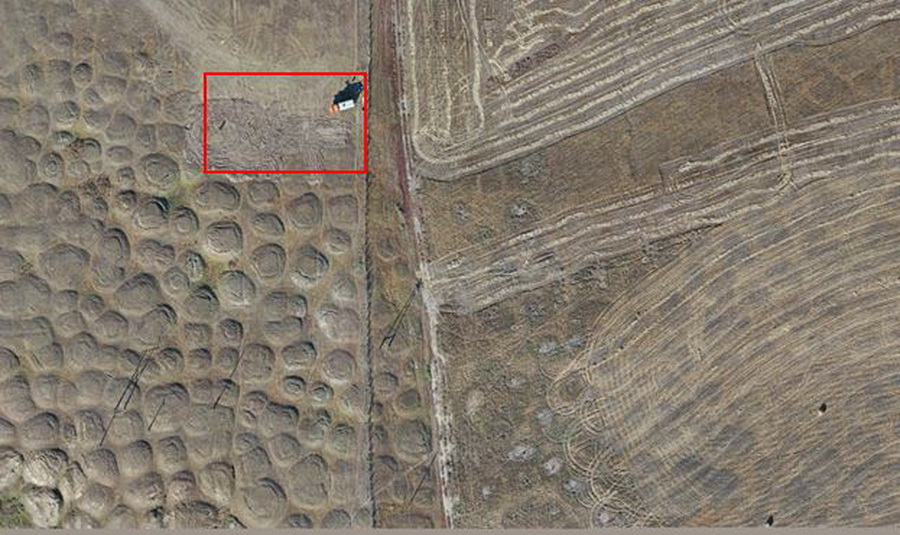
(b)
Fig 1. The image (credit Alexander Zhirkov) represents the area of permafrost degradation, the experimental area (red rectangular) before the restoration project (a) and after the restoration project (b) was performed and the adjacent agricultural field used as control site. (Image by Yurova Alla)
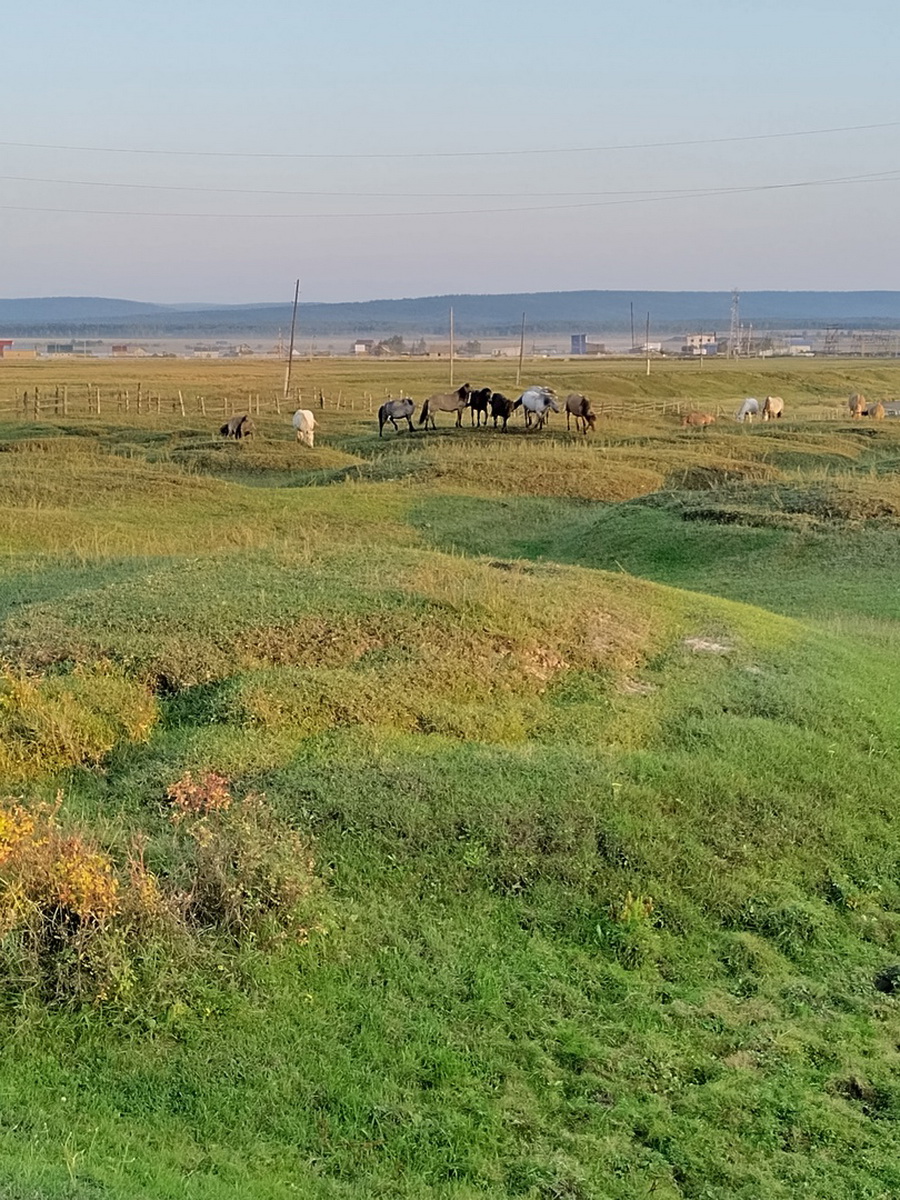
Fig. 2 Ecosystems of the degraded permafrost. (Image by Yurova Alla)
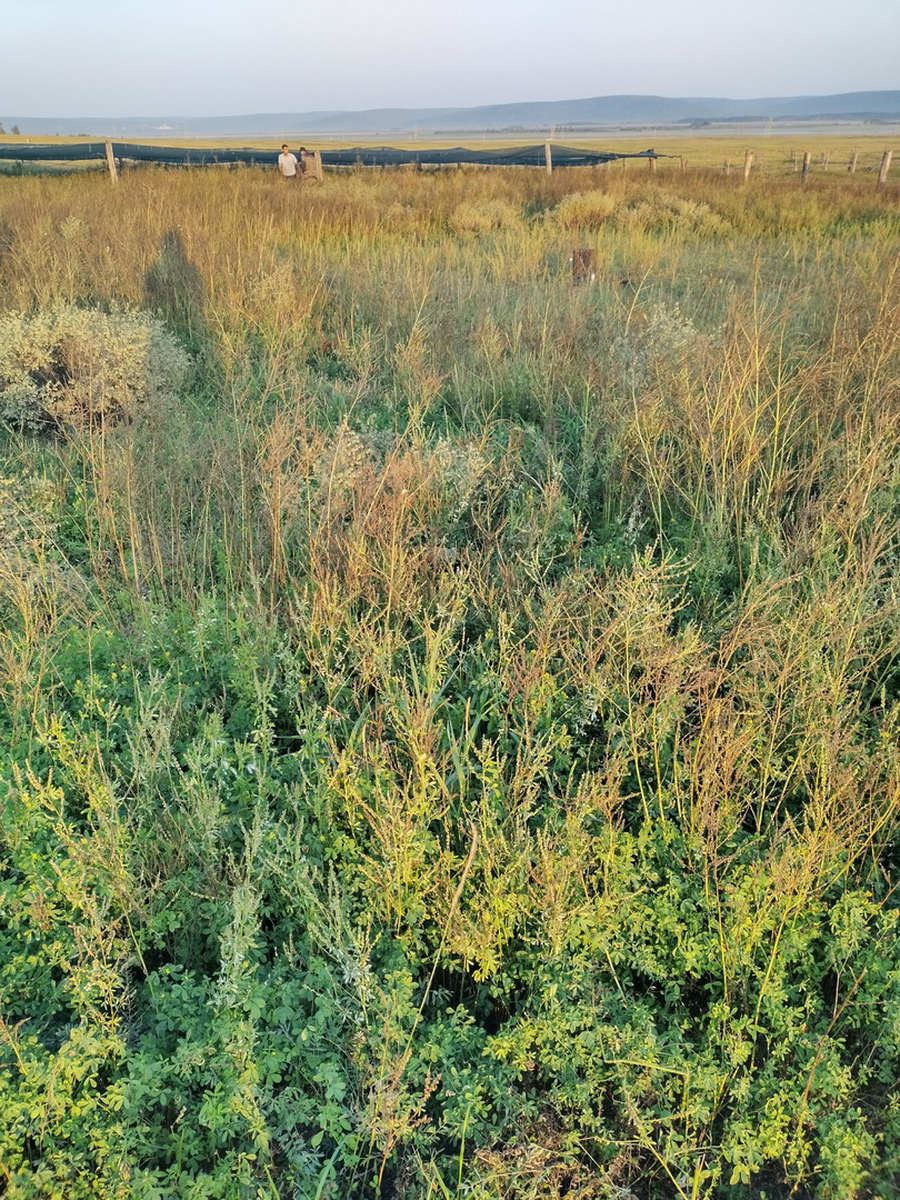
Fig. 3 Man-made ecosystem on the recovery pathway on the restored site (Image by Yurova Alla)
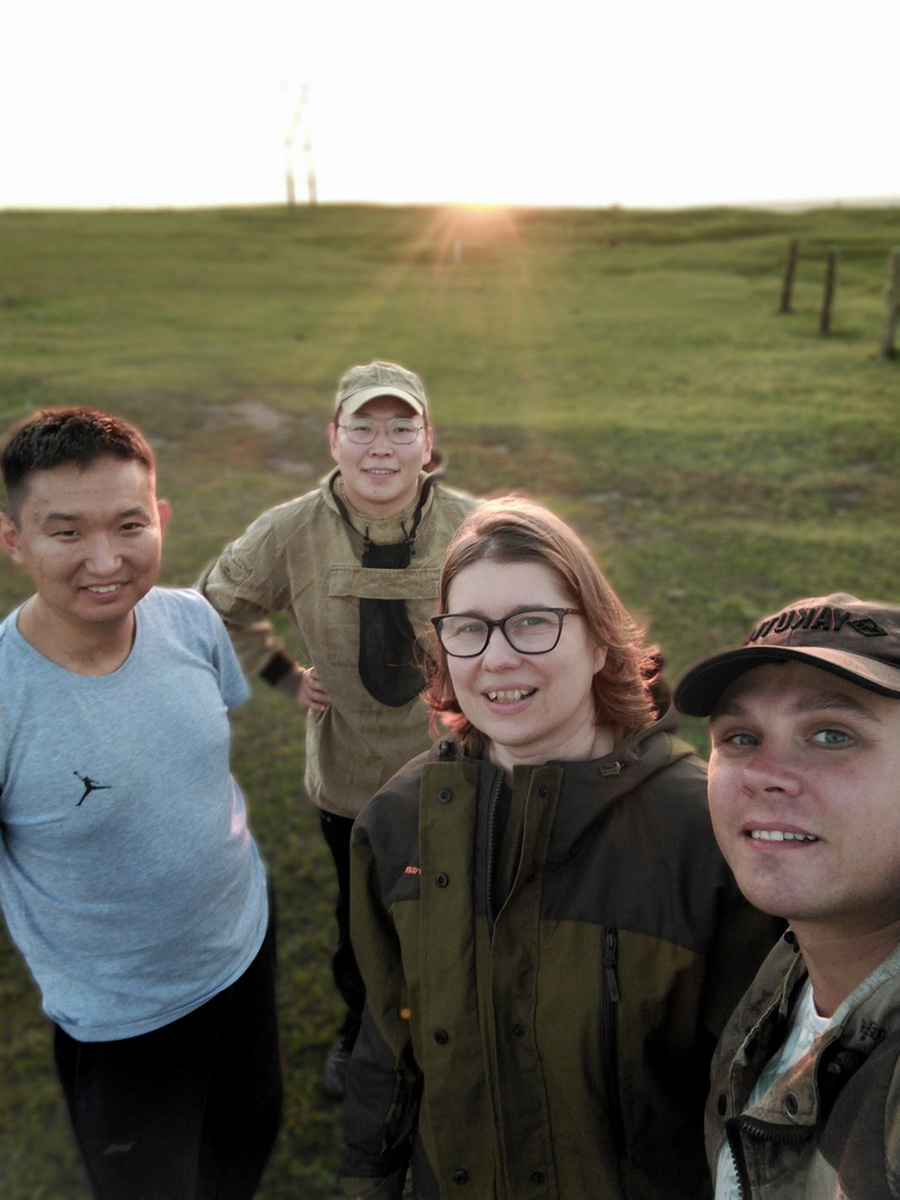
Fig.4 Researchers from NIEER (Image by Yurova Alla)
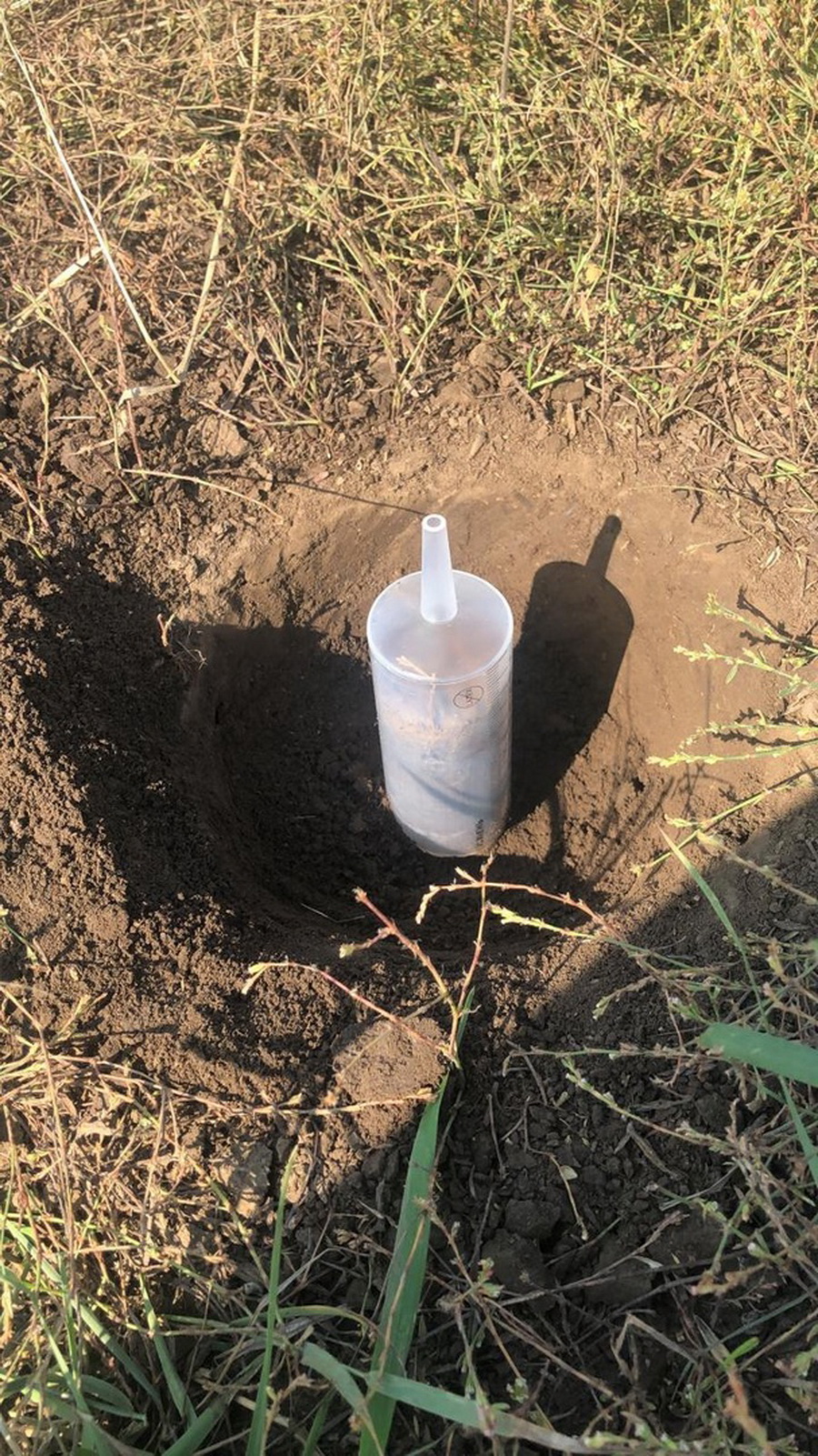
Fig. 5 Sampling the soil cores (Image by Yurova Alla)
Contacts:
At Melnikov Permafrost Institute, Russia – Alexander Zhirkov : zhirkov_af@mail.ru
At NIEER – Yurova Alla: alla.yurova@nieer.ac.cn
Appendix




